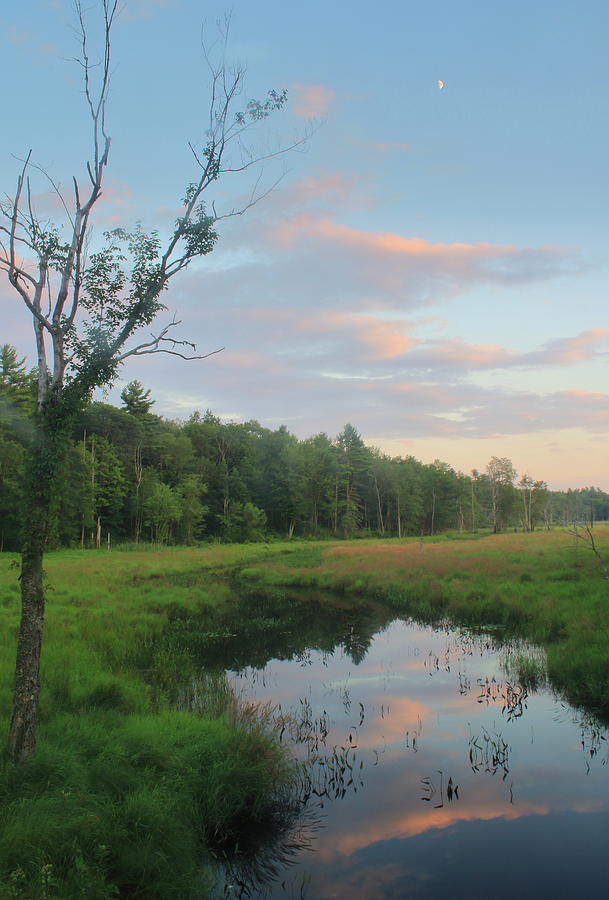

To estimate the Swift River population, MassWildlife biologists relied on a capture efficiency multiplier from a 2020 effort. When quantifying fish populations in the wild, it is almost never possible to capture every fish in a waterbody, so capture efficiency models are used to estimate the population. Fish are stunned, captured, and released unharmed after their tag data is recorded. MassWildlife staff assess captured rainbow trout for elastomer tags and fin clips during an electrofishing recapture effort. All rainbow and brown trout captured in the surveys were inspected for colored elastomer marks and adipose fin clips and released unharmed (Figure 2).įigure 2. Not all scheduled surveys lined up perfectly so the river was actually surveyed relatively frequently over the course of the study.

MassWildlife surveyed the entire tailwater from Windsor Dam downstream to near the first Bondsville Dam one week, one month, and three months post-stocking for each stocking cohort. Recapture surveys were done using a combination of raft and boat electrofishing. This additional marking was done to monitor whether fish stocked above Route 9 were emigrating to other sections of the river. Adipose fins of fish stocked upstream of Route 9 were clipped (the year-round catch-and-release area). Adipose fins of fish stocked upstream of Route 9 were clipped fish stocked elsewhere were not clipped.Įach stocking cohort was marked with a different colored mark. Trout were tagged with a different color each month.
Swift river skin#
(Top to bottom) Elastomer mark being injected under the skin behind the left eye of a soon-to-be-stocked hatchery rainbow trout. All stocked trout in 2021 were marked with a small elastomer mark (a tiny permanent hardened dye, similar to a tattoo) just under the skin behind the left eye (Figure 1).įigure 1. To answer that question, MassWildlife developed a simple mark-recapture survey methodology. While this seemed to be the case for the entire 5.5 miles of the tailwater it was even more evident in the year-round Catch-and-Release Area upstream of Route 9. Observations and angler reports suggested that the number of stocked trout in the river after stocking did not necessarily meet expectations based on the number of trout that had been stocked. The first phase was to take a closer look at the fate of stocked rainbow trout and brown trout in the tailwater. After several years of observation and monitoring and a limited mark-recapture study in 2017-18, MassWildlife fisheries biologists had enough background to begin more comprehensive research on the Swift River Fishery.


 0 kommentar(er)
0 kommentar(er)
